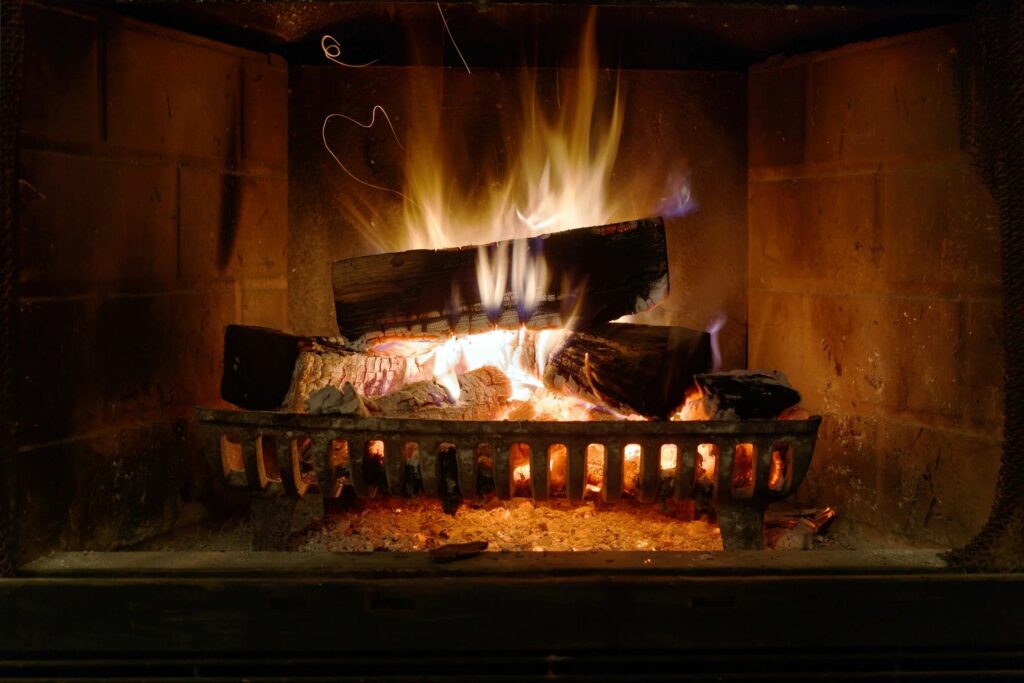Meigs Health Today: Health Effects of Wood Smoke


Meigs Health Today: Health Effects of Wood Smoke
By Steve Swatzel, RS, Director of Environmental Health”‹
More Ohioans have switched to completely heating their homes with wood within the past 10 years. According to the US Energy Information Administration, heating only with wood in Ohio has increased by 50% between the years 2005 and 2012. This number is even higher if you include the homes that use wood as a secondary heat source. The rising trend to heat with wood could easily be tracked to the rising costs in other heating fuels and electricity. However, these new found savings could come at a high cost to your health. The US EPA estimates that if all of the old wood stoves in the United States were replaced with cleaner burning appliances, an estimated $56-126 billion in health benefits per year would be realized.

Research has shown that wood smoke contains millions of tiny particles and many harmful gases that have could damage your health. Potentially carcinogenic compounds have been identified in wood smoke, including carbon monoxide, nitrogen and sulfur oxides and various aromatic hydrocarbons. In homes with wood burning stoves, the concentration of these pollutants was often found to be higher indoors than outdoors. Most of us have experienced the body’s reaction to short-term exposure to wood smoke. The burning eyes, runny nose, and coughing are the body’s defenses to expelling the tiny particles and chemicals in wood smoke. Because the particles are ten times smaller than the width of a human hair, they get by the body’s defenses and go deep into the lungs leading to illnesses such as bronchitis, asthma, and emphysema. Exposure to wood smoke could also trigger other allergic reactions and even headaches. According to the American Lung Association, long-term exposures to wood smoke can lead to reduced lung function, heart attacks, lung cancer, and even premature death. Exposure to carbon monoxide(CO) could occur when heating with wood, fuel or natural gas. It is estimated that over 150 people die annually from carbon monoxide poisoning related to the use of home heating appliances. Knowing the hazards of wood smoke, there are ways to protect you and your neighbors.
If you have purchased a wood-burning stove, boiler, or furnace since 2016, you ready have a more efficient, cleaner-burning appliance than those of the past. Hopefully, you get it serviced frequently with companies like www.summersphc.com/anderson/services/heating/furnace-replacement/ to make sure everything is in working order and safe for your home. In 1988 and 2015 the US EPA required manufacturers to improve emissions produced from the wood-burning appliances. If you have an older wood-burning stove, the following are some tips to reduce wood smoke exposure: 1. Check the batteries in your carbon monoxide and smoke alarm detectors. The National Fire Protection Association recommends homes should have smoke alarms installed inside every bedroom, outside each sleeping area, and on every level of the home, including the basement. At a minimum, industry experts recommend a CO alarm be installed on each level of the home — ideally on any level with fuel-burning appliances and outside of sleeping areas. 2. Burn only hardwoods such as Oak, Beech, Maple, Elm or Ash that has been cut and dried for 6 to 8 months. The moisture content of the wood should be less than 20%. The wood should be split into pieces that are 4 to 6 inches in width allowing a more even burn. 3. Never burn plastics, magazines, packaging materials, or glued, painted or treated wood. Numerous chemicals are release if these materials are burned. 4. Have your chimney or stove pipe cleaned and inspected every year. The stove should also be thoroughly inspectedfor any damages and leaks. Wood smoke could easily escape into the house if there are faulty gaskets in the stove or gaps in the stove pipe. 5. Consider “upgrading” that old wood stove to a new more efficient and cleaner burning one. You will likely use less wood and reduce exposure to wood smoke for you and your neighbors.






